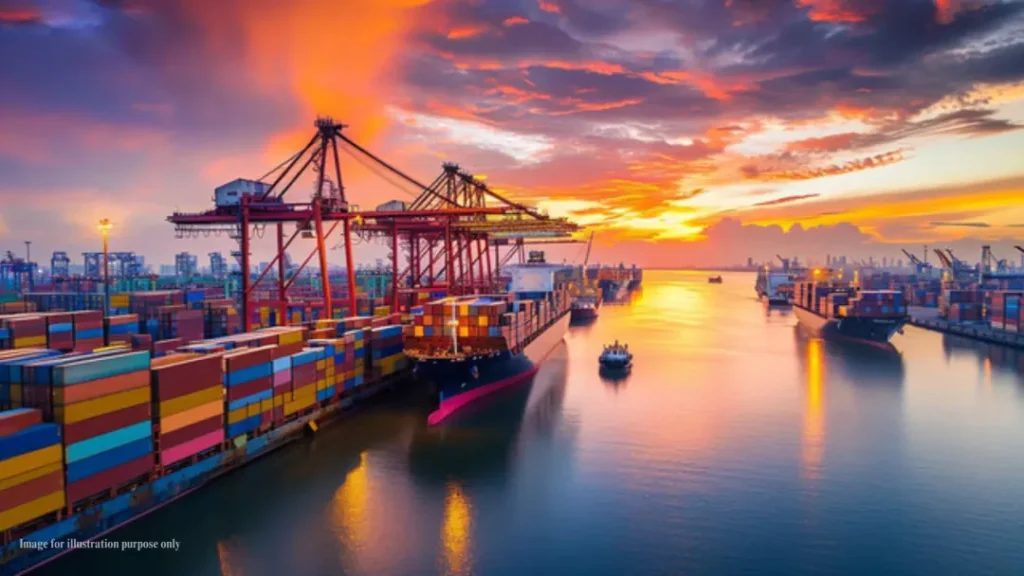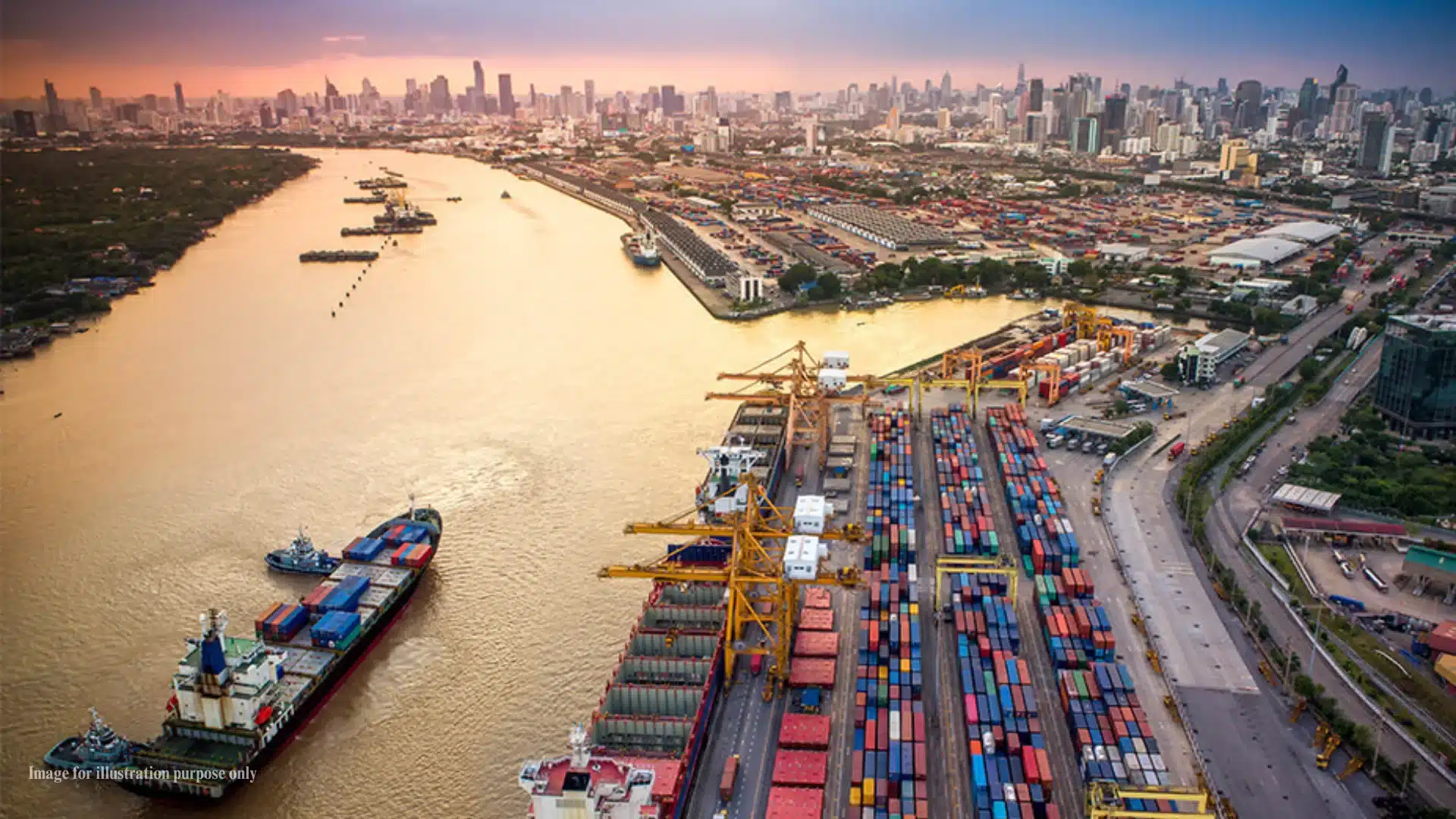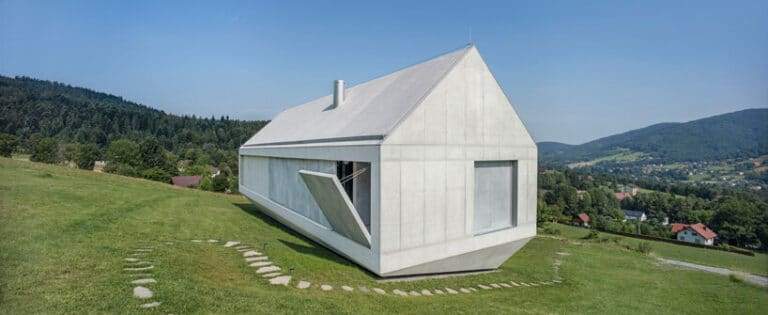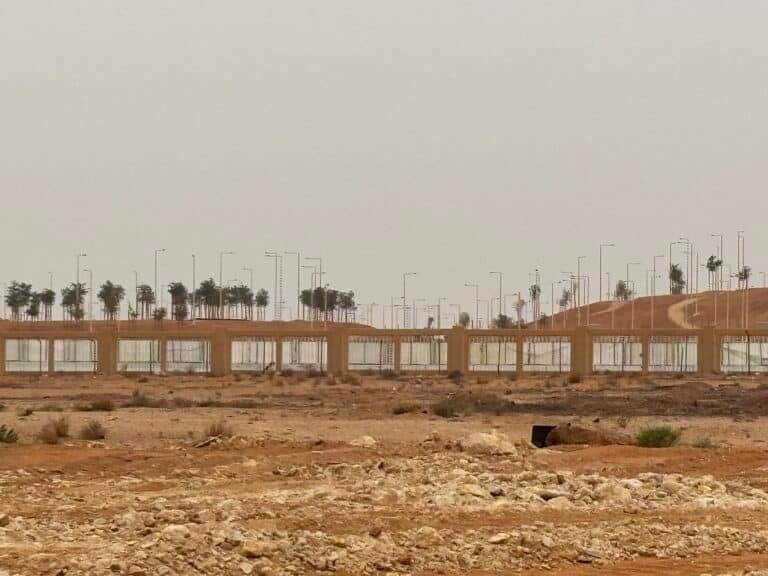New Vadhavan Port Project
The project aims to establish a deep-sea port operating year-round in the Vadhavan area near Dahanu in Maharashtra, India. The project is being developed by Vadhavan Port Project Ltd (VPPL), a joint venture between the Jawaharlal Nehru Port Authority (JNPA) and the Maharashtra Maritime Board (MMB).
Project Overview
The Indian Cabinet approved the project in June 2024, estimating the total cost at approximately INR 76,220 Crore (around USD 9.1 Billion). This estimate covers land acquisition and the development of basic and commercial infrastructure, while they expect the construction cost to be around INR 5,000 Crore.
Development Phases and Planning
The project covers an estimated area of 17,471 hectares, with 16,900 hectares within the port limits and 571 hectares outside. It is divided into two phases:
- Phase One: Scheduled for completion by 2030.
- Phase Two: Expected to be completed between 2035 and 2039.
Infrastructure work includes the establishment of container berths, multipurpose berths, liquid cargo berths, a dedicated Ro-Ro berth, and an integrated railway station.
Technical Aspects of the Project
The project aims to achieve an annual capacity of up to 298 million tonnes of cargo, with the ability to handle 23.2 million TEUs (Twenty-foot Equivalent Units) per year. The technical components include:
- 9 container berths, each 1000 meters in length.
- 4 multipurpose berths, each 250 meters in length.
- 4 liquid cargo berths.
- A dedicated Ro-Ro berth along with facilities for small craft.
- A railway station to facilitate logistical connectivity.

Economic and Social Benefits
The project aims to improve logistical connectivity along the Maharashtra coastline and support the local economy by creating approximately 1.2 million direct and indirect job opportunities.Additionally, it aims to enhance local skills and improve infrastructure in transportation, communications, and healthcare services.
Development of Surrounding Infrastructure
The government has approved development projects that will connect the port to the national highway network. Authorities will also construct a railway line to link the port with the existing rail network and the dedicated freight corridor, improving logistical efficiency and facilitating the movement of goods.
Stakeholders Involved in the Project
The project involves several experienced organizations in port development and management:
- Vadhavan Port Project Ltd (VPPL): The developer of the project.
- Jawaharlal Nehru Port Authority (JNPA): Known for its experience in port operations.
- Maharashtra Maritime Board (MMB): The regulatory authority for non-major ports.
- Consulting Firms: Including engineering and advisory firms such as AECOM India Pvt Ltd, Pentacle Consultants Pvt Ltd, and Royal HaskoningDHV Consulting Pvt Ltd, which provide technical expertise and consultancy services.
Summary Table of the Project
| Item | Details |
|---|---|
| Project Name | New Vadhavan Port Project |
| Location | Vadhavan, near Dahanu, Maharashtra, India |
| Total Cost | INR 76,220 Crore (approximately USD 9.1 Billion) |
| Construction Cost | INR 5,000 Crore |
| Project Area | 17,471 hectares (16,900 hectares within port limits, 571 hectares outside) |
| Development Phases | Phase One by 2030, Phase Two between 2035 and 2039 |
| Key Components | 9 container berths, 4 multipurpose berths, 4 liquid cargo berths, Ro-Ro berth, railway station |
| Benefits | Improved logistical connectivity, approximately 1.2 million job opportunities, enhanced local infrastructure |
| Stakeholders | VPPL, JNPA, MMB, AECOM India Pvt Ltd, Pentacle Consultants Pvt Ltd, Royal HaskoningDHV |
Conclusion
The New Vadhavan Port Project is a strategic step towards enhancing India’s maritime infrastructure by improving logistical connectivity and creating job opportunities while supporting local economic growth.Officials expect the phased implementation over several years to positively influence regional trade and drive infrastructure development, while maintaining a neutral and informative tone.







